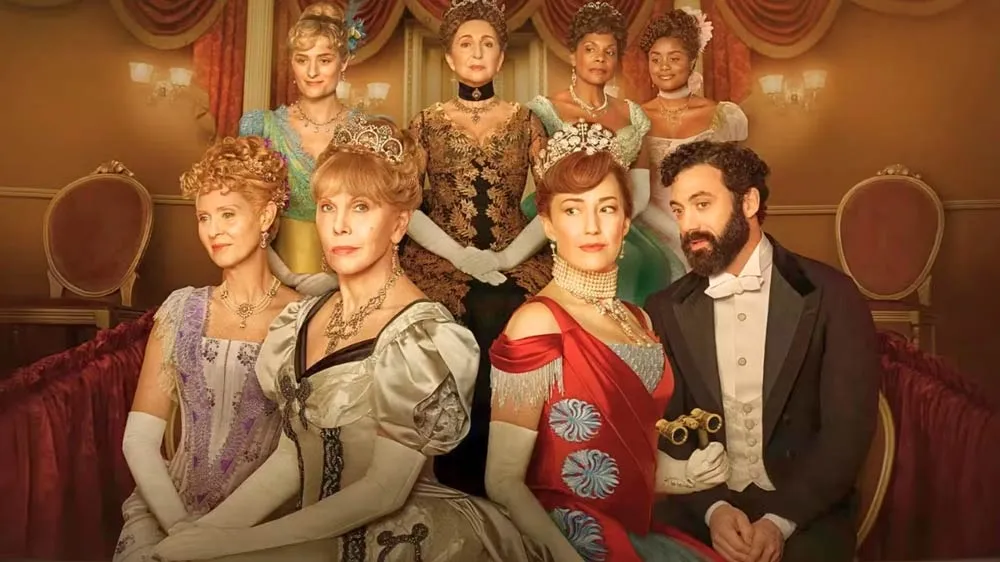October 16, 2016
Introducing the Brothers Le Nain
Sura Wood READ TIME: 4 MIN.
If you've never heard of the 17th-century French painters the Brothers Le Nain, you're not alone. The lack of familiarity with these old masters could well be a function of the fact that the artists - Antoine, Louis and Mathieu - haven't had a show on American soil in 70 years, or anywhere else since 1979. That absence has been somewhat alleviated by a new exhibition at the Legion of Honor organized by the Fine Arts Museums that, in conjunction with the Louvre and the Kimbell Art Museum, has assembled 40 of the 60 or 70 existing paintings by the siblings, drawn from disparate collections around the world, including two created as altarpieces for Notre Dame Cathedral. The exhibition is supported by serious, not to mention voluminous, scholarship, with a five-lb. catalogue to prove it. There are also explicatory labels for nearly every painting, a rarity at an average show, but in this case, a necessary assist for visitors.
At their peak in Paris during the 1630s and 40s, the brothers were regarded as important, accomplished painters of public and private devotional paintings, portraits and allegorical works, but what most distinguished them from other artists of their era - and made them daring, at least in France - is their chosen subject matter: sympathetic, earthy depictions of the poor, as well as of friends and family, all portrayed as real people rather than idealized figures. Years later, in the 19th century, their signature realism would influence artists such as Gustave Courbet and Edouard Manet.
Wealthy, charitable Catholics, wanting to publicly demonstrate their compassion for the less fortunate, dressed up in peasant garb and tended to the poverty-stricken in their humble homes, a remarkable practice captured in the artists' largest genre painting, "The Peasant Family" (1642), a shadowy scene heavy with stillness and notable for the family's bare feet and grimy toenails. Even religious paintings, of which there are many here, are gritty. In "The Adoration of the Shepherds'" (ca. 1635-40) from the story of Luke, the kneeling, barefoot shepherd attending to the Christ child wears tattered garments, a stray piece of straw litters the sacred ground, and the children in this picture and elsewhere look more like mischievous ruffians than cherubs. The bearded 4th-century ascetic and scholar "Saint Jerome" (1642 or 43), intently reading by fading evening light in a grotto partially open to the countryside, a touch reminiscent of Orazio Gentileschi, has red fabric informally draped over his naked body, his unkempt white hair and sagging skin betraying his age.
Portraiture commissions were an essential source of revenue for the Le Nains, but their only known, traditionally posed composition is "Portrait of the Comte de Treville" (1644), a towering, nearly seven-foot-tall canvas presenting the captain of the royal musketeers, who may have been the basis for the character of the same name in Alexandre Dumas' novel "The Three Musketeers." A subject who could have stepped out of central casting, he's a strapping, swashbuckling specimen in grandiose costume with flowing locks, a full suit of black armor, a hand in a stylishly flared glove holding the hilt of his sword, and boots sprouting poufs of lace. It's believed this particular prestigious assignment was awarded to Antoine. For the most part, though, the identity of their patrons is unknown. And how many, one wonders, would want reminders of the underprivileged hanging above the hearth in the mansion living room?
This question and other avenues of investigation bring us to the most intriguing aspect of the show: the back-story of the Le Nain brothers, and the sleuthing by art historians attempting to resolve mysteries surrounding them. The artists appear to have deliberately obscured which of them painted what, or whether or not of all of them contributed elements to each work. We know they were frugal and reused their canvases. Evidence on view from a few paintings subjected to X-radiography and Infrared Reflectography allow one to detect ghosts of earlier, abandoned compositions. The undisputed facts are these: none of them had children, all were unmarried, and they lived together, bringing collaboration to a heretofore unknown, perhaps unfathomable level. But how did this arrangement actually work? Antoine is thought to have created the smaller, exquisitely textured works on panel; Louis, by consensus, was the genius; and Mathieu, the youngest of the trio, to whom the greatest number of works have been attributed, probably painted the altar and large devotional pieces. The curators have supplied a "Map of Attribution," where they've diligently diagrammed which elements might have come from whom with arrows to specific images, while another section, "One Studio, Three Hands," divides the brothers into groups and zeroes in on the physical construction of three paintings, comparing characteristics of each and the techniques that set one brother apart from the other. Tis a puzzlement.
Further clues lurk in "The Painters' Studio" (1644-45), a Le Nain family self-portrait, painted on a copper panel with blackened background, more-than-likely by Antoine. Displayed at the entry to the exhibition, it may be a key to understanding the manner in which they wished to be perceived: aristocratic, erudite men of high social status who dedicated their lives to pursuing an intellectual, noble profession. Here, here.
Through Jan. 29. Info: famsf.org







